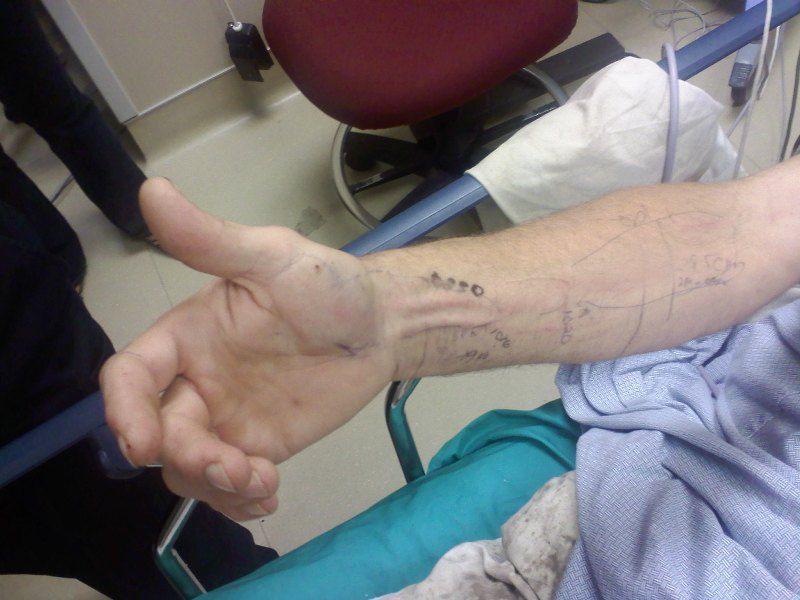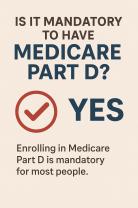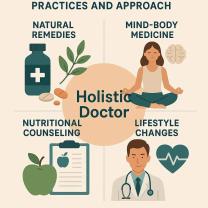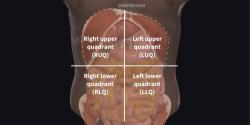What to do if bitten by rattlesnake?
If bitten by a rattlesnake, immediate medical attention is crucial. Follow these steps while waiting for emergency help:
1. Stay Calm and Call for Help:
- Keep calm to slow down the spread of venom. Call emergency services or seek medical assistance immediately.
2. Move Away from the Snake:
- Move cautiously away from the snake to avoid further bites. Do not try to capture or handle the snake.
3. Immobilize the Bite Area:
- Keep the bitten limb immobilized and positioned at or slightly below heart level. Avoid excessive movement to prevent venom spread.
4. Remove Tight Clothing or Jewelry:
- Remove tight clothing or jewelry near the bite area to prevent constriction if swelling occurs.
5. Clean the Wound:
- Gently clean the bite area with mild soap and water if available.
6. Do Not:
- Do not apply ice or a tourniquet, as these can worsen tissue damage.
- Do not attempt to suck out the venom or make incisions at the bite site. These actions can cause further harm.
7. Monitor Vital Signs:
- Keep track of vital signs such as pulse rate and breathing. If possible, note the time of the bite.
8. Seek Medical Help Immediately:
- Get to the nearest hospital or medical facility with antivenom as quickly and safely as possible.
- Inform medical professionals of the snake's description (if seen) and any relevant details about the bite.
9. Stay Still and Rest:
- Remaining as still and calm as possible can slow the spread of venom through the bloodstream.
Note:
Time is critical in treating a rattlesnake bite. Seek medical attention immediately, as antivenom is the most effective treatment.
While waiting for emergency responders, the focus should be on getting prompt medical care rather than attempting home remedies or interventions.
1.Immediate First Aid Steps for Rattlesnake Bites:
Rattlesnake bites can be serious and require immediate medical attention. However, before seeking medical help, there are crucial first aid steps you can take to minimize the spread of venom and improve the chances of a successful recovery:
Stay Calm: Panicking can increase your heart rate, accelerating the spread of venom. Remain calm and reassure the bitten individual.
Immobilize the Affected Area: Gently immobilize the bitten limb to minimize movement and venom distribution. Avoid using a tourniquet, as it can restrict blood flow and cause further damage.
Clean the Wound: Wash the bite wound with soap and water. Don't use alcohol or iodine, as these can irritate the wound.
Remove Rings or Jewelry: Swelling can occur rapidly, making it difficult to remove rings or jewelry later. Remove any rings, watches, or bracelets from the affected limb before swelling occurs.
2.Symptoms and Signs of a Rattlesnake Bite:
Rattlesnake bites can cause a range of symptoms, including:
Pain: Pain at the bite site is a common symptom. The pain may be severe and throbbing.
Swelling: Swelling around the bite site is also common. Swelling may spread to the surrounding area or even the entire limb.
Discoloration: The bite site may become red, purple, or discolored.
Nausea and Vomiting: Nausea and vomiting may occur within minutes or hours of the bite.
Dizziness and Weakness: Dizziness, weakness, and lightheadedness may also occur.
3.Seeking Immediate Medical Attention:
After taking the initial first aid steps, seek immediate medical attention. The longer venom remains in the bloodstream, the more severe the symptoms may become. Medical professionals can administer antivenom and provide supportive care to manage complications.
4.Antivenom Treatment for Rattlesnake Bites:
Antivenom is a specific treatment for rattlesnake bites. It contains antibodies that neutralize the venom and prevent further damage. Antivenom is typically administered intravenously, and it is most effective when given within a few hours of the bite.
However, it is important to note that antivenom is not a cure-all. It may not completely reverse the effects of venom, and complications can still occur. Additionally, antivenom itself carries some risks, such as allergic reactions.
5.Preventing Rattlesnake Encounters:
The best way to deal with a rattlesnake bite is to avoid getting bitten in the first place. Here are some preventive measures you can take:
Wear Appropriate Footwear: Wear sturdy hiking boots or shoes that protect your ankles and legs from bites.
Be Aware of Surroundings: When hiking or exploring in rattlesnake territory, be aware of your surroundings. Look for rattlesnake warning signs and avoid areas with dense vegetation or rock crevices where snakes may be hiding.
Use a Walking Stick: Using a walking stick can help you disturb vegetation and alert rattlesnakes to your presence, giving them a chance to move away.
Avoid Sudden Movements: Avoid sudden movements that might startle a rattlesnake and trigger a defensive bite.












